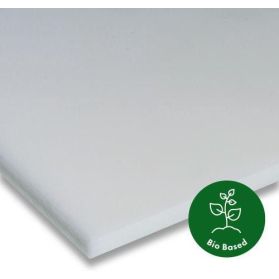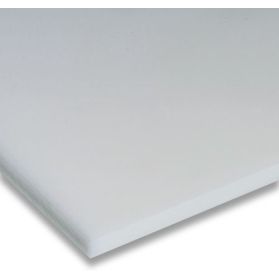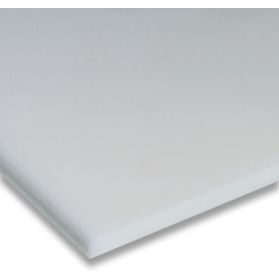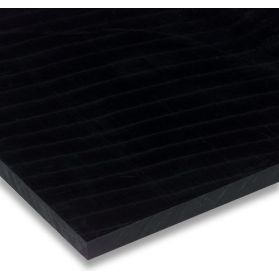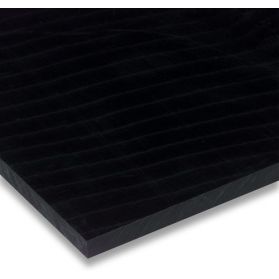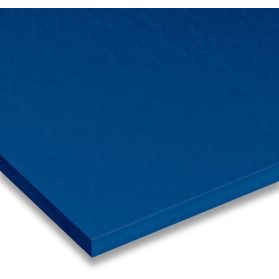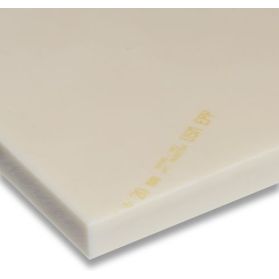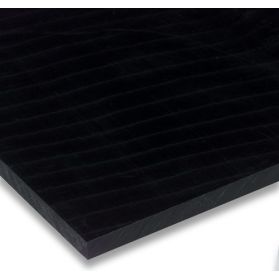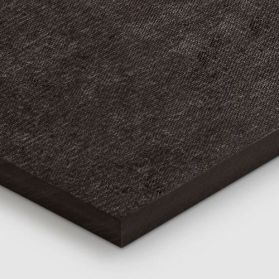Polyoxymethylene (POM)
Material properties of Polyoxymethylene (POM) Sheets
POM has a combination of high hardness and dimensional stability and yet high impact strength. This plastic has a low friction resistance, moderate abrasion resistance, excellent resilience, high fatigue strength with alternating stress, good dielectric properties, high dielectric strength, a low dielectric loss factor, good chemical resistance, especially to solvents, and is very resistant to stress cracking. POM is a good, versatile sliding bearing material, which allows high bearing loads due to its mechanical properties. However, it is less wear resistant than e.g. PA or PET-C.
APSOplast® POM-C, natural (white), black, blue
This is the polyacetal copolymer which, compared to POM-H, has a better resistance to hydrolysis, strong alkalis and thermal oxidative degradation.
APSOplast® POM-H, natural (white), black
POM homopolymer plates have higher tensile strength, stiffness, hardness and creep resistance and improved wear resistance compared to POM-C (co-polymer).
POM plates offer a combination of strength, durability, and resistance to wear and chemicals, making them a preferred choice in many industrial and engineering applications. Their excellent mechanical properties and ease of machining make them versatile for a wide range of uses.
POM plates and sheets are used in the automotive industry for components due to their strength, wear resistance, and chemical resistance. In mechanical engineering, POM is used for gears, bearings, bushings, and other mechanical parts that require high strength and low friction. POM's excellent sliding properties make it ideal for conveyor systems, wear strips, and guide rails in industrial machinery. In the electronics industry, POM is used for insulators, switches, and other components that require good electrical insulation properties. POM is also used for consumer goods, in the manufacture of durable items such as zippers, buttons, and other fasteners.

